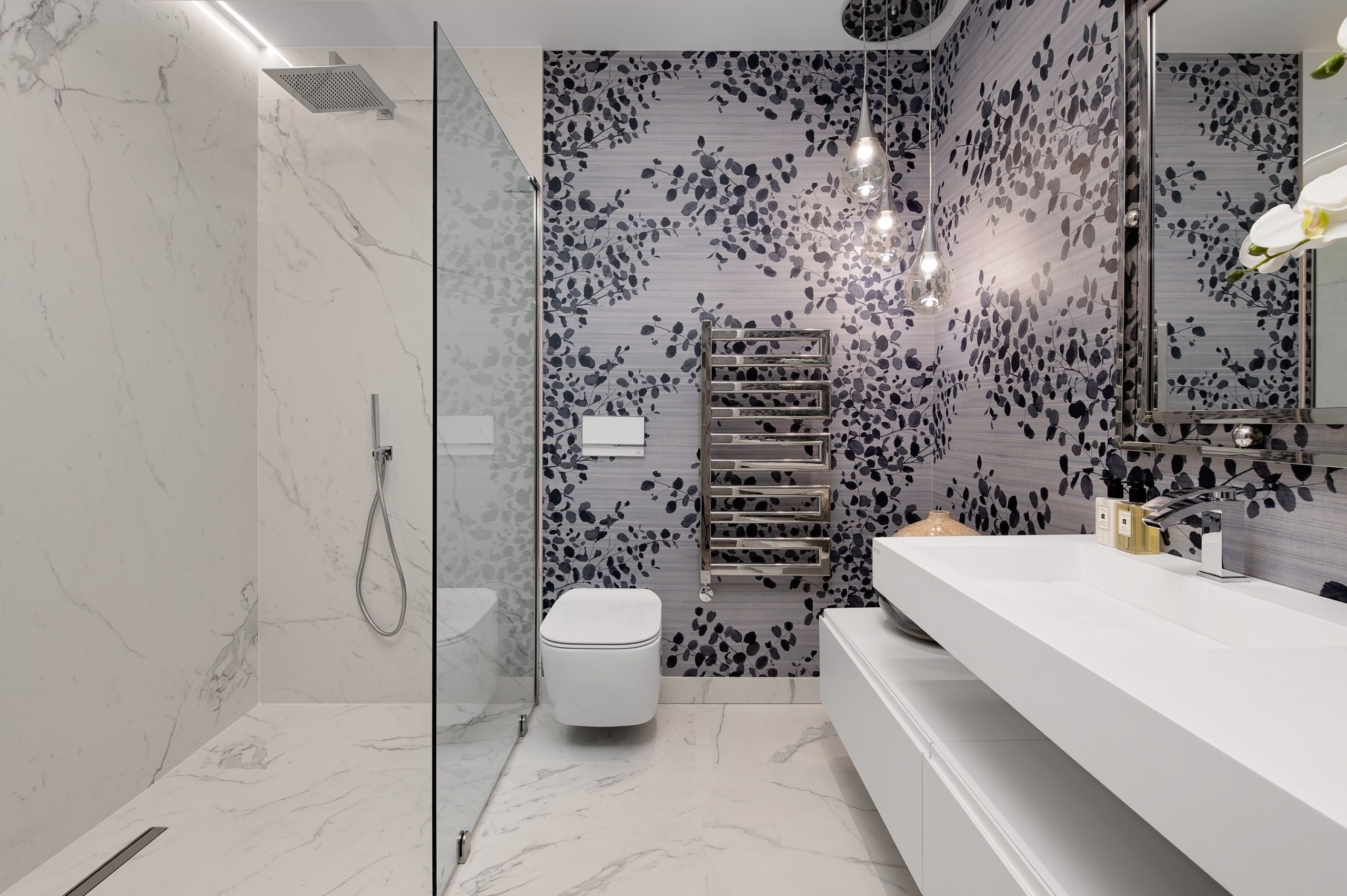The tiling industry in 2022 experienced a mixed bag of challenges and opportunities. While there were certain setbacks due to the COVID-19 pandemic and supply chain disruptions, the industry showed resilience and adaptability. Here is a review of the tiling industry in 2022 and some expectations for 2023.
In 2022, the tiling industry faced several hurdles. The pandemic-induced restrictions resulted in labor shortages and project delays. Supply chain disruptions, including shortages of raw materials, increased transportation costs, and delays in product delivery, created additional challenges for both manufacturers and contractors. These issues contributed to rising prices and longer lead times for tiles and related materials.
Despite the challenges, the tiling industry witnessed some positive trends in 2022. Home renovations and remodeling projects surged as people spent more time at home and invested in improving their living spaces. This increased demand for tiles, leading to a boost in sales for manufacturers and suppliers. The industry also saw a rise in eco-friendly and sustainable tiling materials as consumers became more conscious of environmental impact.

Design Trends
2022 saw a preference for larger-format tiles, which provided a sleek and contemporary look to spaces. Wood-look tiles continued to be popular, providing the warmth and aesthetics of wood with the durability and ease of maintenance of tiles. Additionally, textured and patterned tiles gained traction, adding visual interest and personality to both residential and commercial settings.
Expectations for 2023
The tiling industry is poised for further growth and innovation. As the global economy recovers from the pandemic, there will likely be a surge in construction projects, driving demand for tiles across various sectors. The focus on sustainability and eco-friendliness is expected to intensify, leading to the development and adoption of more environmentally conscious tiling materials and manufacturing processes.
Technological advancements will continue to play a significant role in the tiling industry. Digital tools, such as virtual reality and augmented reality, will increasingly be used to visualize and plan tiling projects, offering customers a more immersive and personalized experience. Automation and robotics may also find their way into the tiling process, improving efficiency and reducing labor-intensive tasks.

In terms of design, 2023 is expected to bring a blend of classic and contemporary styles. The use of natural materials, such as marble, slate, and terracotta, will continue to be popular, giving spaces an organic and timeless appeal. Mixing and matching different tile sizes, shapes, and colors will also be embraced to create unique and customized designs.
However, it is important to note that unforeseen challenges and market fluctuations can impact the tiling industry in 2023. Factors like economic conditions, global supply chain stability, and regulatory changes can influence the industry’s trajectory. Staying adaptable and proactive in addressing potential disruptions will be crucial for businesses operating in the tiling sector.
The tiling industry faced challenges in 2022 but demonstrated resilience and adaptability. The industry is expected to grow in 2023, driven by increased construction activity, a focus on sustainability, and technological advancements. Embracing evolving design trends and navigating potential obstacles will be vital for industry stakeholders to capitalize on the opportunities that lie ahead.

